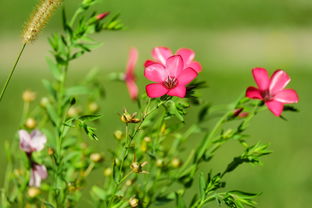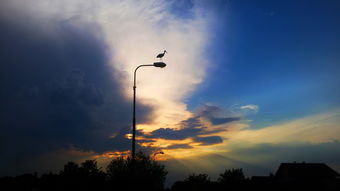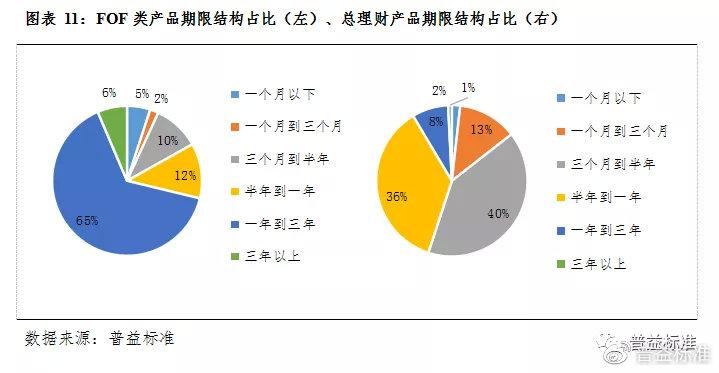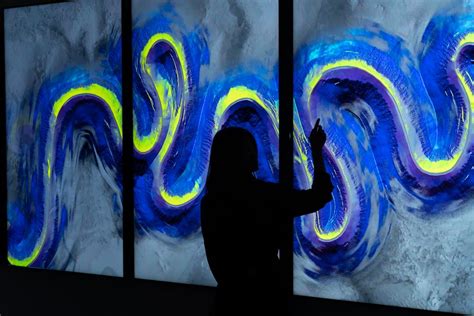Every year, on the fourth Thursday of November, millions of Americans gather around their dining tables to celebrate Thanksgiving, a day filled with gratitude, family, and feasts. But where did this beloved tradition originate? To truly understand the roots of Thanksgiving, we must delve into the rich history that spans centuries and continents.
Early Harvest Celebrations
The concept of giving thanks for a successful harvest is not unique to the United States. In fact, many cultures around the world have long traditions of celebrating the bounty of the earth. Ancient Greeks honored Demeter, the goddess of the harvest, during the festival of Thesmophoria. Romans celebrated the goddess Ceres, and the Chinese observed the Mid-Autumn Festival. These ancient festivals were rooted in the agricultural cycles and the need to ensure future prosperity.
In Europe, the tradition of harvest festivals was well-established by the time European settlers began to explore and colonize the New World. The English, in particular, had a long history of holding thanksgiving services to give thanks for good fortune and divine favor. These services often included communal meals and religious observances.
The Pilgrims and the First Thanksgiving
The story of the first Thanksgiving in America is deeply intertwined with the journey of the Pilgrims, a group of English Separatists who sought religious freedom. In 1620, the Pilgrims set sail from Plymouth, England, aboard the Mayflower, bound for the New World. After a treacherous 66-day voyage across the Atlantic, they landed at what is now Plymouth, Massachusetts, in December 1620.

The first winter was harsh, and nearly half of the colonists perished due to disease, malnutrition, and the bitter cold. However, with the help of the local Wampanoag tribe, the survivors learned how to cultivate corn, fish for cod, and hunt wild game. The Wampanoag, led by Chief Massasoit, provided crucial knowledge and support, which enabled the Pilgrims to survive and thrive.
In the fall of 1621, the Pilgrims held a three-day feast to celebrate their successful harvest. They invited the Wampanoag to join them, and about 90 Native Americans attended. This gathering is widely considered the first Thanksgiving in American history. The menu likely included venison, fowl (such as turkey), corn, squash, and various fruits and vegetables. The event was more of a secular celebration rather than a formal religious service, but it was a time of gratitude and unity between the colonists and their Native American neighbors.
The Evolution of Thanksgiving
While the 1621 feast is often cited as the first Thanksgiving, it was not an annual event. It took several decades for the tradition to become more formalized. In 1676, the governor of the colony of Massachusetts declared a day of thanksgiving to commemorate a victory over the Native Americans. However, it wasn't until the 18th century that Thanksgiving became a more regular observance.
During the American Revolution, the Continental Congress proclaimed several days of thanksgiving to celebrate military victories and to seek divine assistance. George Washington issued the first national Thanksgiving proclamation in 1789, calling for a day of public thanksgiving and prayer. However, Thanksgiving was still not a fixed date and varied from state to state.
Sarah Josepha Hale and the National Holiday
The person most responsible for making Thanksgiving a national holiday was Sarah Josepha Hale, a prominent 19th-century magazine editor and author. Hale, who was also the author of the nursery rhyme "Mary Had a Little Lamb," campaigned tirelessly for a national Thanksgiving holiday. She wrote numerous articles and letters to politicians, including President Abraham Lincoln, advocating for a unified day of thanksgiving.
In 1863, during the height of the Civil War, President Lincoln issued a proclamation setting aside the last Thursday in November as a national day of thanksgiving. This move was intended to foster a sense of unity and healing in a divided nation. Lincoln's proclamation established Thanksgiving as a permanent national holiday, and it has been celebrated annually ever since.
Modern Thanksgiving
Today, Thanksgiving is a cherished American tradition, celebrated in a variety of ways. While the focus remains on gratitude and family, the holiday has evolved to include a range of customs and activities. Many families gather for a large meal featuring traditional dishes such as roast turkey, stuffing, cranberry sauce, and pumpkin pie. Parades, such as the famous Macy's Thanksgiving Day Parade in New York City, have become an integral part of the holiday, drawing millions of spectators both in person and on television.
Thanksgiving is also a time for charitable giving and community service. Many organizations and individuals volunteer to help those in need, serving meals at shelters and participating in food drives. The spirit of generosity and kindness that permeates the holiday reflects its origins as a time to give thanks and share with others.
Conclusion
From ancient harvest festivals to the Pilgrims' first feast in 1621, and through the efforts of Sarah Josepha Hale and Abraham Lincoln, Thanksgiving has become a cornerstone of American culture. It is a day that brings people together, regardless of their backgrounds or beliefs, to express gratitude and celebrate the blessings of life. As we gather around our tables each year, let us remember the rich history and enduring spirit of this beloved holiday.











